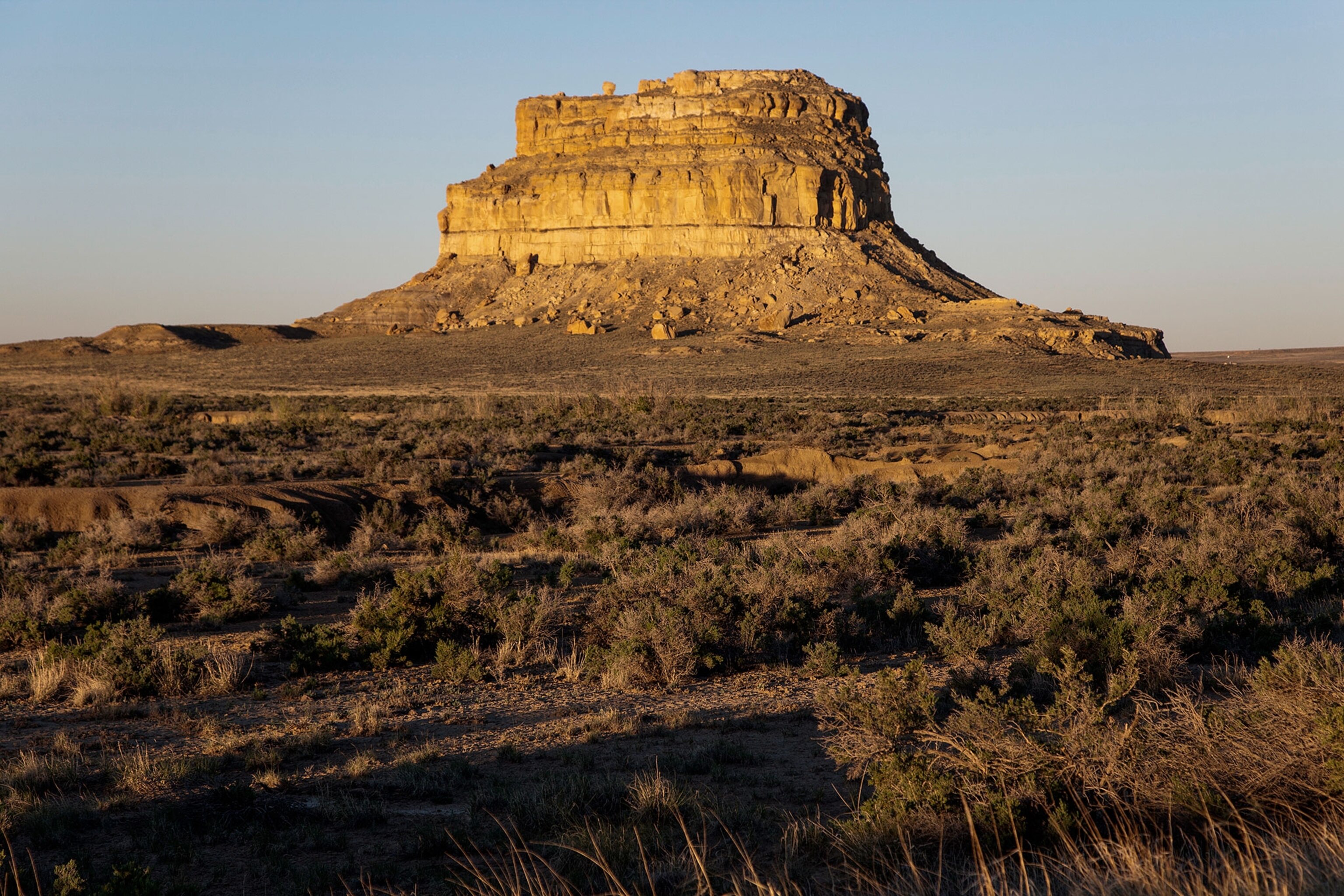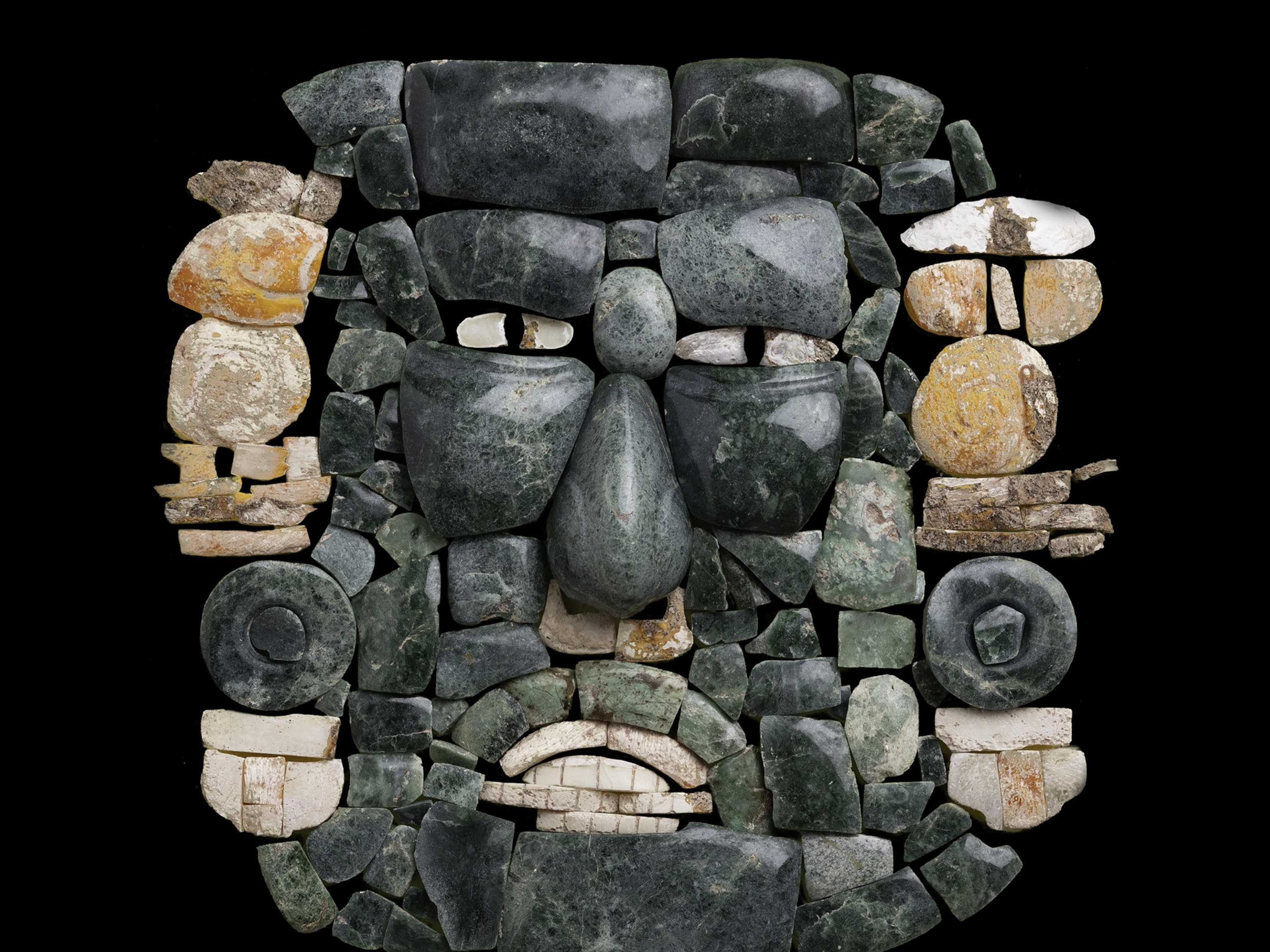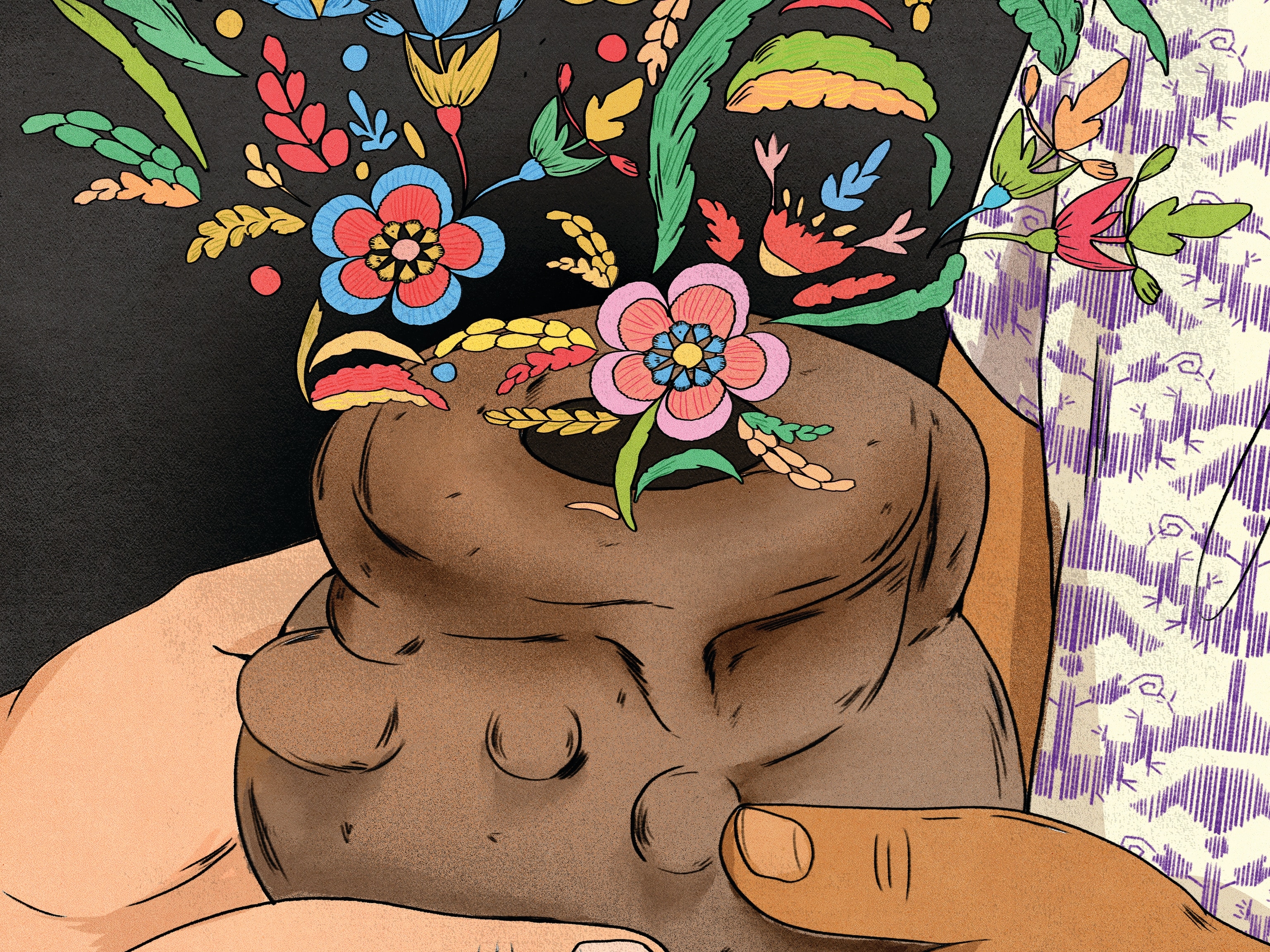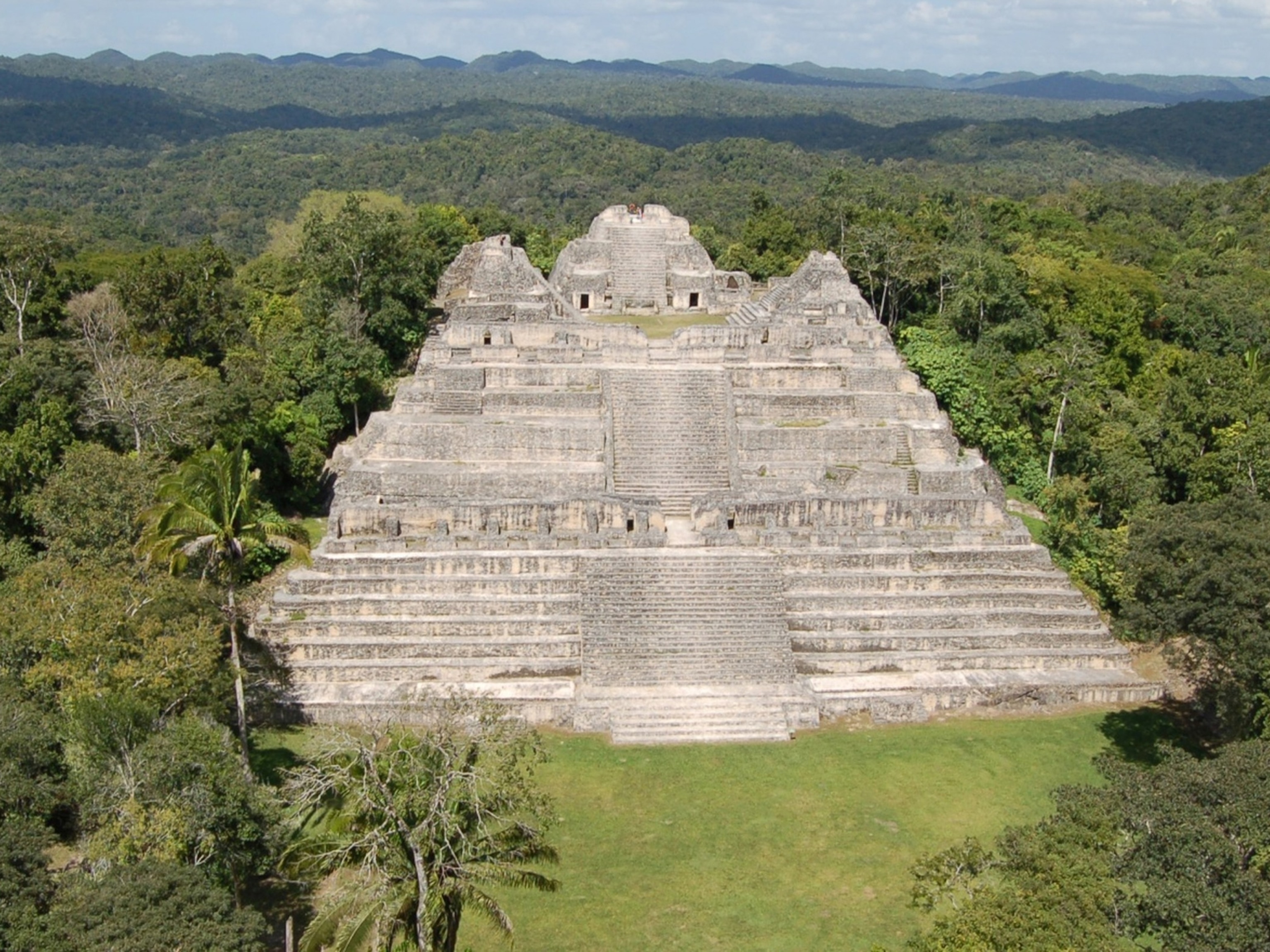
First Day of Spring Marked With Sun Daggers, Light Snakes
Across the Americas, ancient cultures marked the equinox in stunning ways—some of which are still alive and thriving.
Twice each year, as the sun marches across the sky, its center crosses Earth’s equator.
This celestial alignment results in the equinox—a day with light and dark of (nearly) equal length, with the sun rising precisely in the east and setting precisely in the west. This year, the two equinoxes will occur on March 20 and September 22.
For most people, the equinox simply heralds a changing of the seasons. In March, the vernal equinox signals the beginning of spring in the Northern Hemisphere and autumn in the southern, and the reverse happens during the autumnal equinox.
But for many ancient cultures across the Americas, equinoxes were something more: a time for celebration, sacrifice, and migration.
For millennia, observing the sun’s shifting path was both essential for survival and hard to ignore. Our star’s celestial wanderings foretold the onset of the growth and harvest seasons and warned of impending winter, so it’s not unusual to find a variety of solar calendars among the artifacts of vanished civilizations. Other cultures are keeping their traditions alive, and still performing ceremonies timed to the equinox.
Ancient Calendars
Many people have heard of the Mayan calendar, but others are lesser known. In the Peruvian desert north of Lima, at a site called Chankillo, an enormous astronomical observatory sits atop a ridge. Dating back to at least 500 B.C., the installation is a complex array of 13 towers, fashioned in a north-south line resembling a spine.

As the sun moves through its yearly paces, it rises and sets between the towers at predictable times, appearing to the left of the first tower at the summer solstice, in the center at equinox, and to the right of the last tower at winter solstice.
“The extreme end towers are very clearly marking the solstices, though the argument for the equinox is more indirect,” notes archaeologist Iván Ghezzi of Peru’s Institute for Archaeological Research, who described the site’s solar connection in 2007.
The identity of the observatory’s builders is still unknown, but like many ancient cultures in the Americas, they appeared to worship the sun. “Chankillo is much more than merely an astronomical observatory,” Ghezzi says. “It’s a site that was a large ceremonial center.”
Chankillo, though still fundamentally enigmatic, is one of many examples of structures built to align with the equinox, such as a Stonehenge-like circle of wooden poles, or Woodhenge, at a prehistoric site called Cahokia in Southern Illinois, and the earthen lodges oriented toward astronomical features built by the Skidi Pawnee.
Light, Shadow, and Sacrifice
But sometimes, simply marking astronomical alignments isn’t enough; another ancient method of tracing the sun’s meanderings through the sky involves using light and shadow to paint particular images. Here, the sunlight itself does the work, inscribing illuminated shapes or casting shadows. One example of this is at Chichén Itzá, where the Mayans crafted a sculpture that transforms itself into a blazing serpent at equinox, representing their deity Kukulcan.
Another image in light was discovered in 1977, when rock artist Anna Sofaer was exploring the petroglyphs of the American southwest. There, at the top of New Mexico’s Fajada Butte, Sofaer found what’s known as the Sun Dagger, a calendrical marking created from two spirals etched into the rock. During summer solstice and equinox, the spirals are sliced by a dagger of light as the sun shines through slabs of rock; at winter solstice, two daggers appear on either side of the spiral—or did. The rock slabs have shifted and the images no longer appear.
The site is in Chaco Canyon, where an ancient civilization thrived for millennia before mysteriously abandoning their city.
Further evidence, in the form of interred bird bones, suggests that the Chaco Canyon inhabitants marked the equinox by sacrificing scarlet macaws. They’re not alone: The practice was apparently quite common among the Puebloans of the Southwest and Northern Mexico.
“In many of areas of the ancient New World, scarlet macaws were symbolically associated with the sun and with fire, probably because of their red and yellow feathers,” says UCSD anthropologist Andrew Somerville, who has worked extensively at a site called Paquime in northern Mexico. “By sacrificing a symbol of the sun on this solar holiday, one was perhaps ritually ending the dry season and hastening the arrival of the spring and summer rains.”
Living Traditions
Some Native American equinox traditions are still alive.
For the native Lakota of the U.S. midwest, the vernal equinox not only kicked off a seasonal migration in the Black Hills of South Dakota, but a series of ceremonies meant to welcome life on Earth and send the souls of the deceased to briefly rest in the core of the Milky Way.

“Our people, for all these years, have done that,” says Victor Douville, who teaches the ethnoastronomy course at Sinte Gleska University on the Rosebud Reservation in South Dakota.
Millennia ago, Douville says, the Lakota noticed that every spring, the sun rises in the constellation known as the Dried Willow.
“Those stars look like nubs on the branch, and the branch represents the red willow,” Douville says.
The inner bark of that red willow is the main ingredient used to make tobacco for the equinoctial Sacred Pipe ceremony, which is meant to rekindle the sacred fire of life on Earth. The ceremony is the first in a series of four that culminates with the Sun Dance on the summer solstice.
Next week, he says, the Lakota will perform the Pipe ceremony; the other three will unfold as the sun travels through three additional constellations.
For a long time, scholars thought only settled, agricultural societies marked the movements of the heavens. Yet the Lakota, who followed great herds of buffalo across the U.S. Midwest, also timed their movements to the motions of the sun and stars. The ancient traditions that accompanied their migrations are still alive, and in some cases thriving, on the Rosebud reservation today.
“We still have the elders that know about this,” Douville says. “And when they die out, we still have the language.”
Follow Nadia Drake on Twitter.







